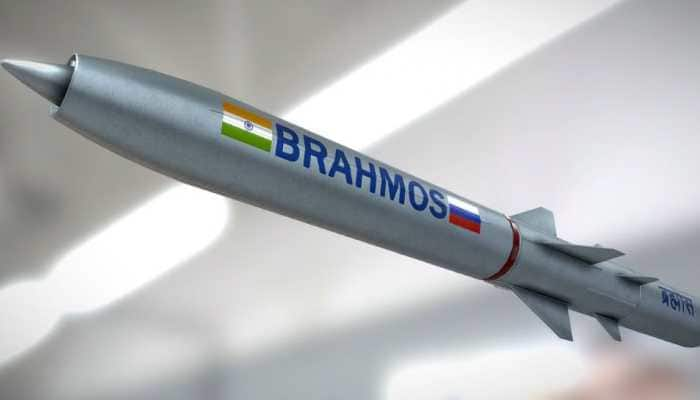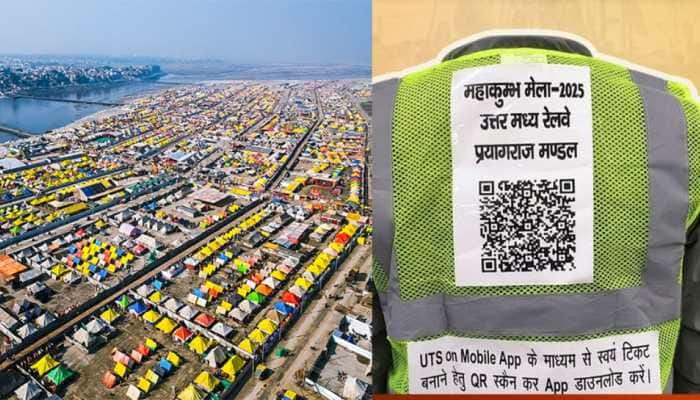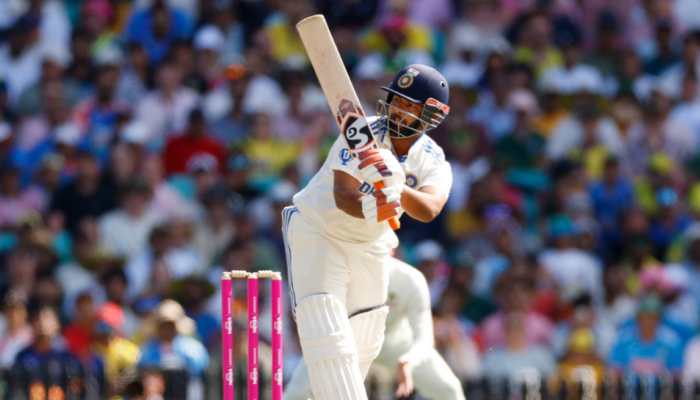'Water on lunar surface': Chandrayaan 2 validates its predecessor's breakthrough finding
According to ISRO scientists who were associated with both Lunar projects, the data from the Chandrayaan-2 would be used to build a lunar water map, which would further aid upcoming missions to the moon.
- Initial evidence for surface water came from the NASA-provided Moon Mineralogy Mapper(M3) experiment carried on Chandrayaan-1 spacecraft
- Fondly known as India’s ‘Moon Man’, Dr. Annadurai expressed hope that such a lunar map would help upcoming Indian Lunar exploration missions
Trending Photos
)
Chennai: One of the significant findings of India’s Chandrayaan-1 mission was to detect the presence of water on the moon’s surface. A probe on board India’s Chandrayaan-2 orbiter (second lunar mission) has not only validated the breakthrough by its predecessor but also paved the way for future lunar exploration. According to ISRO scientists who were associated with both Lunar projects, the data from the Chandrayaan-2 would be used to build a lunar water map, which would further aid upcoming missions to the moon.
Initial evidence for surface water came from the NASA-provided Moon Mineralogy Mapper(M3) experiment carried on Chandrayaan-1 spacecraft. While this payload from NASA also detected evidence for water at lunar poles, its finding was under question, owing to the limited wavelength that M3(an imaging spectrometer) covered. The basic function of a Spectrometer is to take in light (reflected from a surface) and provide a graph of the output. However, in the case of the M3, its wavelength of 0.7 to 3 microns was not sufficient to ascertain and affirm the detection of water on the moon.
“With M3, we had reached the tip of the iceberg, but we needed double and triple confirmation. In a major breakthrough for us, the data from the old M3 sensor and the new Chandrayaan 2 sensor have matched. The orbiter of Chandrayaan-2 has a 5 micron (wider spectrometer), hence it unambiguously confirms the findings of Chandrayaan-1” Dr. Mylswamy Annadurai, Former Director of ISRO’s UR Rao Satellite Center told Zee Media.
He added that, with its nearly 7 year-long mission life, the Chandrayaan 2 orbiter (in lunar orbit since Sept 2019) has the potential of creating a moon terrain map that depicts the rocks, craters, ice deposits, water traces etc. Fondly known as India’s ‘Moon Man’, Dr. Annadurai expressed hope that such a lunar map would help upcoming Indian Lunar exploration missions and eventually the larger global scientific community.
“The spectrometer on Chandrayaan-2 has the ability to detect the presence of water(H2O) molecules and also Oxygen-Hydrogen atoms that are held together as Hydroxide(OH). In the new spectrometer images, the dips on the graph are visible clearly, DR. A S Kiran Kumar, Former Chairman ISRO, told Zee Media.
According to him, separation of wavelength in the 3.1 and 3.2-micron region helped distinguish between water and Hydroxide. Water is detected as water molecules and Hyrdoxides as found in minerals and hydrates. ISRO’s orbiter can map almost the entire moon(from its 100km altitude orbit) and more data can be collected from repeated observations, he adds. This offers good prospects for scientific analysis and studies, given that water(H2O) and Hydroxide (OH) don’t exist in isolation on the lunar surface. Generally, water is found in the molecule form, whereas Hydroxides are found as moisture in minerals and hydrates.
India’s second lunar mission Chandrayaan-2(launched in 2019) was only partially successful, as the lander ‘Vikram’ could not descend on the South Pole of the moon, as intended. Instead, the lander and the rover housed in it had crash landed, thus denying the opportunity of conducting a short-term, on-surface analysis. However, the orbiter which circles the moon at an altitude of 100km and at a an approximate speed of 1km/s, continues to function and is expected to function for many more years. India’s first lunar probe Chandrayaan-1 was launched in 2008 and it functioned for almost a year, before communication was lost with the orbiter.
Stay informed on all the latest news, real-time breaking news updates, and follow all the important headlines in india news and world News on Zee News.
Live Tv







)
)
)
)
)
)
)
)
)
)
